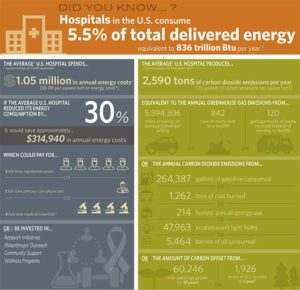Doug Wild, AIA, LEED AP BD+C, recently was named president of the Design-Build Institute of America – Upper Midwest Region after election of officers for the regional association.
Wild, a retired major in the North Dakota National Guard, is a 27-year veteran in the architecture industry. He has served in recent years as the secretary and vice-president of DBIA-UMR as well as on the association’s steering committee. With a career focused on high-performance buildings, his work with the design-build group is reflective of his approach that performance is achieved through a collaborative effort between designer and contractor.
Wild is a native of Valley City, N.D., and earned his undergraduate degree in architecture from North Dakota State University and his master’s degree in architecture from the University of Minnesota. Among the projects he’s worked on include the new science, technology, engineering, and mathematics building at NDSU as well as facilities for the Minnesota National Guard, Seagate, the Minnesota Department of Transportation, and UTC Aerospace Systems.
About the Design-Build Institute of America –Upper Midwest Region
The Design-Build Institute of America (DBIA) is an association of leaders in the design and construction industry utilizing design-build and integrated project delivery methods to achieve high performance projects. Founded in 1993 and headquartered today in Washington, DC, DBIA offers its members opportunities for education, networking, information, and advocacy. There are 14 regional offices to make information and education available throughout the nation. The Upper Midwest Region represents Minnesota, North Dakota and South Dakota for the Design-Build Institute of America.




